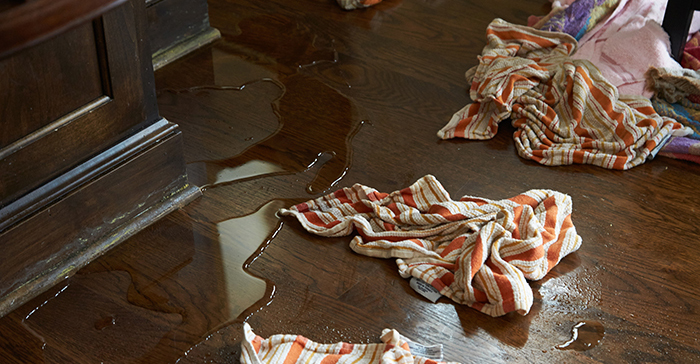They are making several great annotation regarding How to Prevent Bathroom Water Damage in general in the content following next.

The washroom is very susceptible for wet build-up and prospective water damage as a result of the frequent use water in it. This short article offers basic inspection strategies to help identifying water damage threats.
The regular use water in the restroom makes it extremely prone for wet build-up and also prospective water damages. By examining it on a regular basis, you can lower water associated problems.
The complying with collection of evaluations is very easy to perform as well as need to be done when in every 3 months in order to keep your shower room healthy and to avoid potential water damages brought on by the bathtub, the shower, pipeline joints and also plumbing, sinks, cabinets, as well as the commode
Do not overlook doing these inspections and be complete while performing them. Bear in mind that these basic inspections can save you a great deal of cash by providing early indicators for water damages
Sinks and Cabinets
Sinks and cupboards are revealed to dampness and humidity everyday and also are often neglected. Check consistently under the sink and also on the countertop above it. Repair any type of drip in the catch as it might recommend drain problems. Take a look around the sink, sluggish draining pipelines might show an obstructed drain. Replace sink seals if they are broken or loose.
Tub as well as Shower
The shower and also bath tub call for unique attention and upkeep. Examine the ceramic tiles as well as replace if broken. Ensure that there is no missing cement in between the ceramic tiles. Examine and change split caulking at joints where the walls meet the flooring or the tub. Obstructed drains pipes as well as pipes issues will avoid the tub from drying out as well as may show severe problems underneath the tub. Consult with an expert instantly to stop architectural damage. Pay attention to stainings or soft areas around the bath tub wall surfaces as they might suggest an inner leak.
Plumbing
Signs for water damage are difficult to spot since many pipelines are set up inside the walls.
Pay unique interest to flooring and also wall surfaces wetness and discolorations as they may indicate an unseen plumbing issue. Check wetness levels in adjacent spaces also.
The Toilet
The commode is an at risk water junction. Check the water lines and also look for leaks around the toilet seat, in the tube, as well as under the water storage tank. If you detect any kind of indications of moisture on the flooring around the bathroom, check for leakages in the toilet edge and container seals.
Know that hanging toilet dish deodorants increases the opportunities for blockages.
Water Damage Signs In The Bathroom To Avoid Cleanup
Musty smell
This is one of the easiest signs to catch because musty smells are so odorous. The damp, earthy, moldy smell should be a big red flag. The smell will develop when moisture gets trapped in surfaces, and begins to facilitate mold growth. Leaking pipes under cabinets, inside walls, and behind shower fixtures will cause moisture to stay trapped and not dry, which will lead to mold growth and spread. As soon as you notice any musty smells in your bathroom, have it checked for hidden water damage and cleanup signs.
Visible mold
If the smell isn’t there to give it away, sometimes you will actually see mold growth. Finding mold in your bathroom is a serious problem, because mold is very harmful to your health. By the time mold growth is visible, it also means that water damage has already occurred and been present for some time. The only way the mold problem can be resolved is to find the source of the moisture and get it stopped. To safely and adequately remove mold, you need to have professionals handle the remediation. Do not waste any time in getting mold problems addressed, fixed, and sanitized so that you can protect you and your family from the many respiratory symptoms caused by mold exposure.
Damaged floors
Bathroom floors should be able to withstand some exposure to water while still remaining in good condition. However, when excess exposure or water leaks occur, they will begin to damage even the most water-resistant flooring. If you notice any cracking, bubbling, staining, or warping on your bathroom floors, there is probably a water leak somewhere causing the distortion. If you notice areas of the floor have become softer, or even have a spongy feeling, there is probably damage to the subfloor. Subflooring is typically made up of plywood. When plywood is exposed to water or moisture, it will absorb it. Once it has become saturated, the weight of the excess water will cause the wood to swell and soften. Check the floors in your bathroom frequently to catch any of these sings before they lead to damaged subflooring.
Changes on walls
When water leaks behind walls, it will cause changes in the drywall. Peeling plaster, blistering paint, and soggy wallpaper are all good indicators that excess water is building up behind the wall. Water leaking behind drywall will cause it to swell and be soft to the tough. If you start to notice gaps along the trim of your walls, or where tile meets the wall, it could also be a strong indicator that there is a leak behind the wall. Any changes, distortion, or damage on the walls should be evaluated as soon as you notice it to prevent further water damage and cleanup.

I was made aware of that article on Looking for Signs of Water Damage in the Bathroom from an associate on a different blog. Feel free to take the opportunity to promote this write-up if you liked it. I cherish reading our article about Preventing Water Damage in the Bathroom.
Schedule Appointment Now
Comments on “How to Stop Bathroom Water Damage”